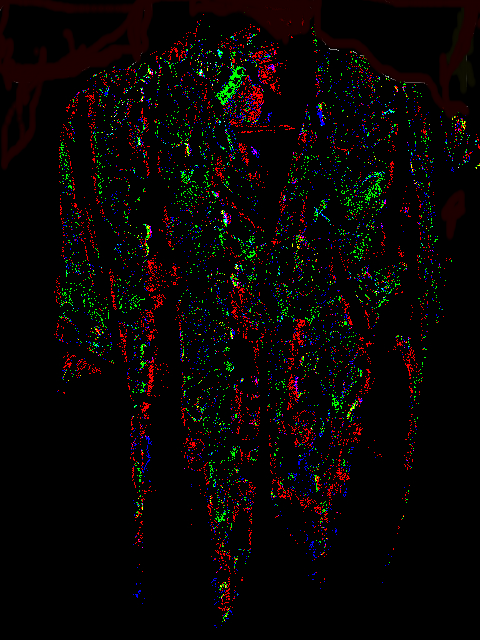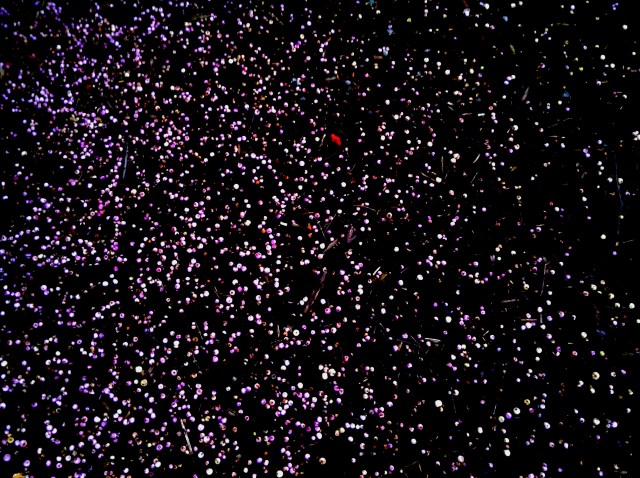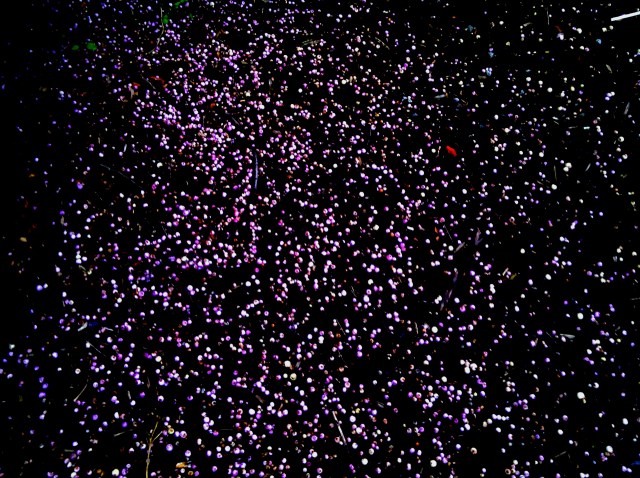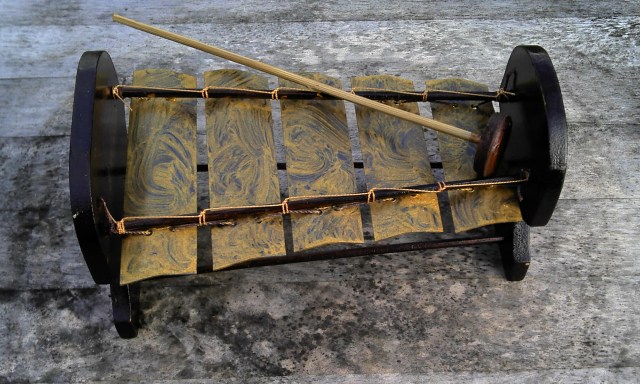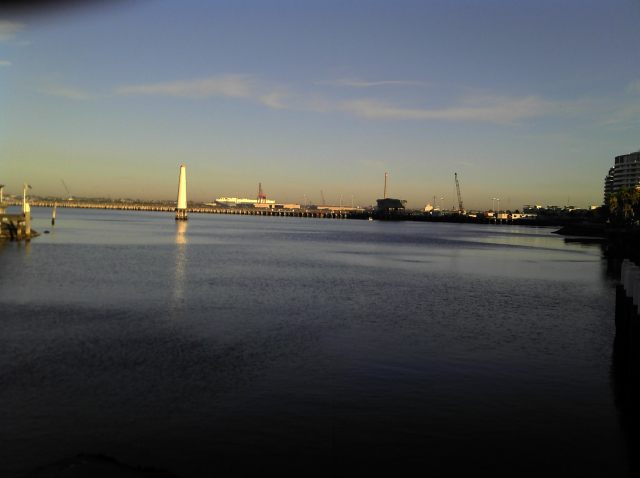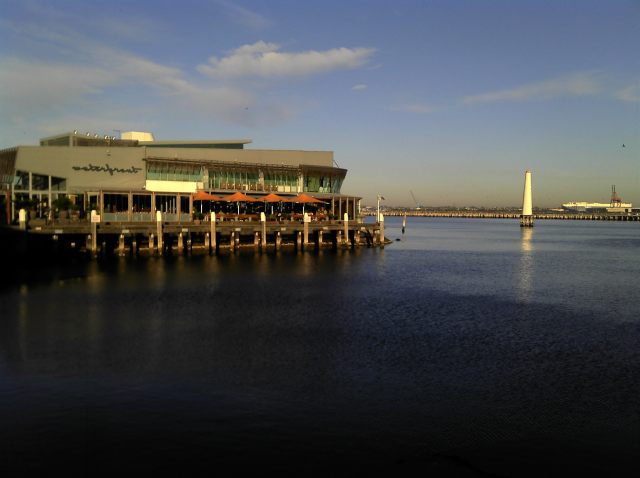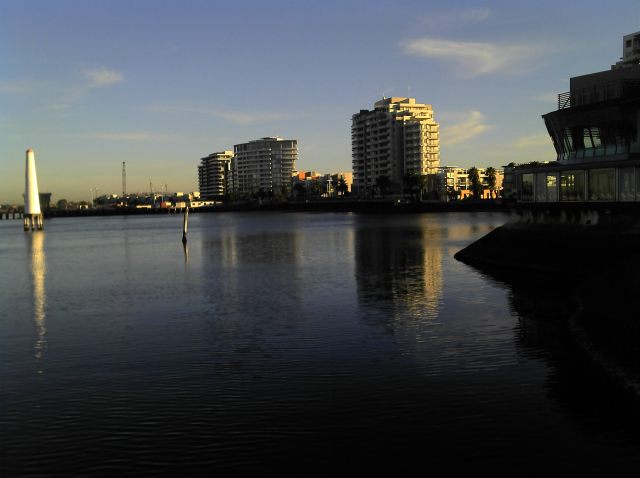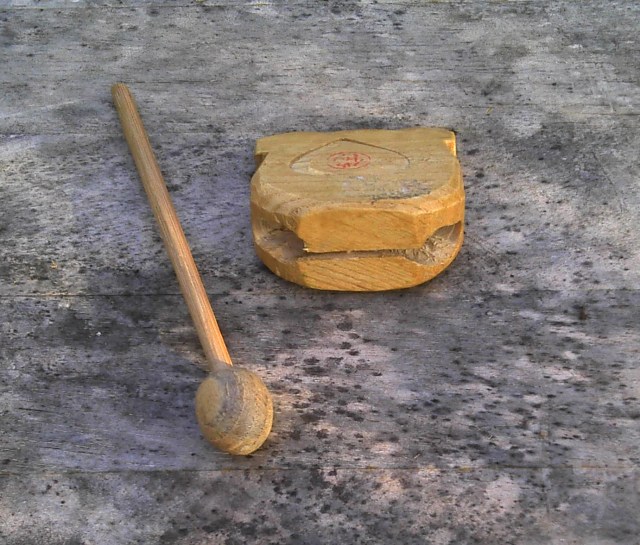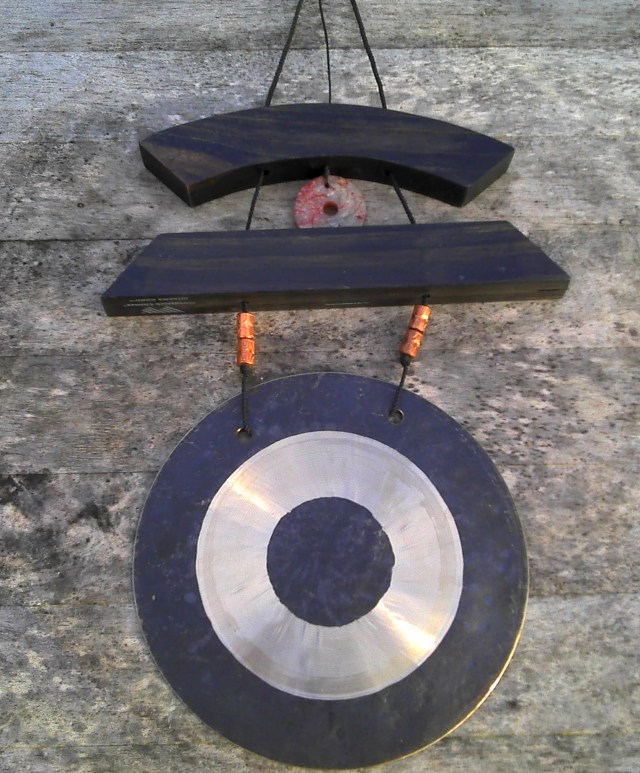SOME GRAPHICS AND SOUND FOR KENNETH GABURO
 Monday, August 22, 2011 at 7:46PM
Monday, August 22, 2011 at 7:46PM I recently read Kenneth Gaburo's classic 1970 essay, “The Beauty of Irrelevant Music” in some of my classes. In the essay, there is a line, “and what if these graphics had something to do with my composition?” and “and what if my composition had something to do with these graphics?” These lines refer to the computer graphics by Herbert Brun that were used in the 1973 performance at The Center for Music Experiment at UCSD. I've performed this essay a number of times in the past 30 years, always using copies of the original Brun slides. However, as readers of this blog know, we moved at the beginning of this year from Wollongong to Victoria, and on moving, I plunged immediately into a demanding and time-consuming teaching schedule. Consequently most of my archive is still in storage, packed away in boxes. This includes the Brun slides. Faced with this problem, I decided to make my own graphics “in the style and spirit” of the Brun originals. I've been working with ArtWonk for quite a while now, on a project to algorithmically generate computer graphics which I will then use as spectrographs in graphics-to-sound conversion programs. I decided to use this program to generate the images I needed. After a little while, I made a patch which generated repeating variants on hexagons with randomly determined corners. It sounds complex, but it isn't – it generates shapes which look like this:
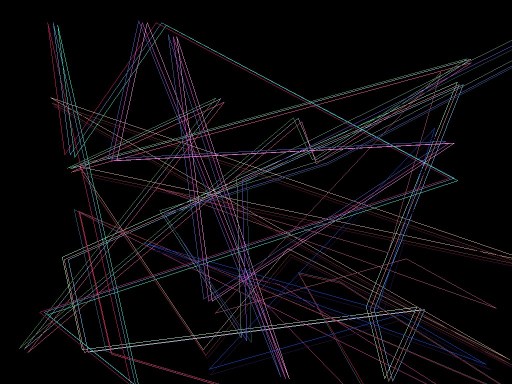
There are 20 sections in Gaburo's essay, each of which should have a different graphic with it. So I generated 20 graphics. These look somewhat like Brun's original graphics, but are not as complex , and are in colour rather than black and white. Still, I was following Brun's instruction to “visualise the process by which one would have liked to generate these graphics and then make a composition with that process.” I then thought that since I was normally listening to the output of the graphics generating program as sound, I should do the same with these. I realised each graphic as a little “burst” of sound lasting either 1, 2, 3, 5, or 8 seconds, using Rasmus Eckman's Coagula, which would realise the colours as a mix of sine waves and band limited noise. It then occurred to me that I might play these sounds at the end of each paragraph of the essay, giving the ears a slight “change of focus” between each text. It's not in Gaburo's original score, but I thought it was worth a try, and in performance, it worked very well.
I then tried pasting the 20 sounds together, end to end to hear what would happen. The results were uninspiring. On their own, as bursts of sound between text, the mix of sines and noise worked just fine. But put together as a sequence, the result was timbrally disappointing, and the rhythm of change felt a bit limp. I might have just abandoned things there, but I'd been telling students about waveshaping recently, and I thought that I'd try putting the sounds through the Melda Production Waveshaper, which I recently bought, and with which I was delighted.
I tried processing one of the sounds through the waveshaper, and I liked the way it sharpened the noise, while still retaining the contours of the original gesture. If I designed my own highly idiosyncratic waveshaping curves, I thought, I could give the sounds a lot more sparkle and bite. Why not make 20 different curves, one for each sound? And why not add reverb to each sound? But instead of a normal reverb, why not use a convolution reverb, with a different impulse response for each sound, thus putting each sound into a distinctive virtual environment?
I'm a great fan of making patterns and seeing/hearing what happens with them. Often, if I can't predict the results of an action or a pattern, I'll make a lot of them, and then observe the results. That was the case here. I made waveshaping curves that looked pretty counter-intuitive, and I selected impulse responses at random from my collection acquired over the years. (For those of you unfamiliar with convolution reverb, it's a technique where a short loud sound (the impulse) is recorded in an environment. Your desired sound is then convolved (combined by multiplication) with the impulse, and the result sounds as if the original were recorded in the environment of the impulse. The impulse is usually a short burst of white noise, or a clap of the hands, but it can be anything. For example, if you recorded an announcement in a very reverberant train station, and then cut one word out of that announcement, you could get sounds that sounded like they were played in the train station, but coloured by the vowels of the word from the announcement.
With 20 sounds, each with their own waveshaping, and each played in a different (simulated) environment, I thought we might be on to something. And we were. When these sounds were assembled end to end, the space created by the reverb tails gave the sequence a bit of breathing space, and made a rhythm of succession that seemed both more spacious and yet tighter than the original. I was tempted to assemble the drawings into a video to combine with the sounds, but the widely varying levels of brightness, and the thinness of the lines did not lend themselves to use in a low-res (YouTube like) video. So the piece is sound only. Although here are thumbnails of 5 more of the drawings.
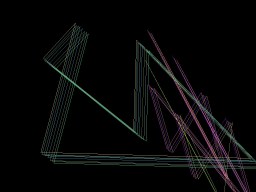

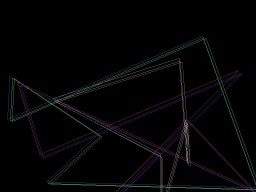
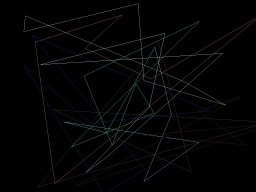
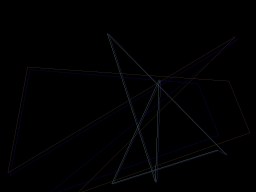
And here's the sound piece, followed by download links for mp3 and ogg (higher fidelity) formats.
 Warren |
Warren | 


